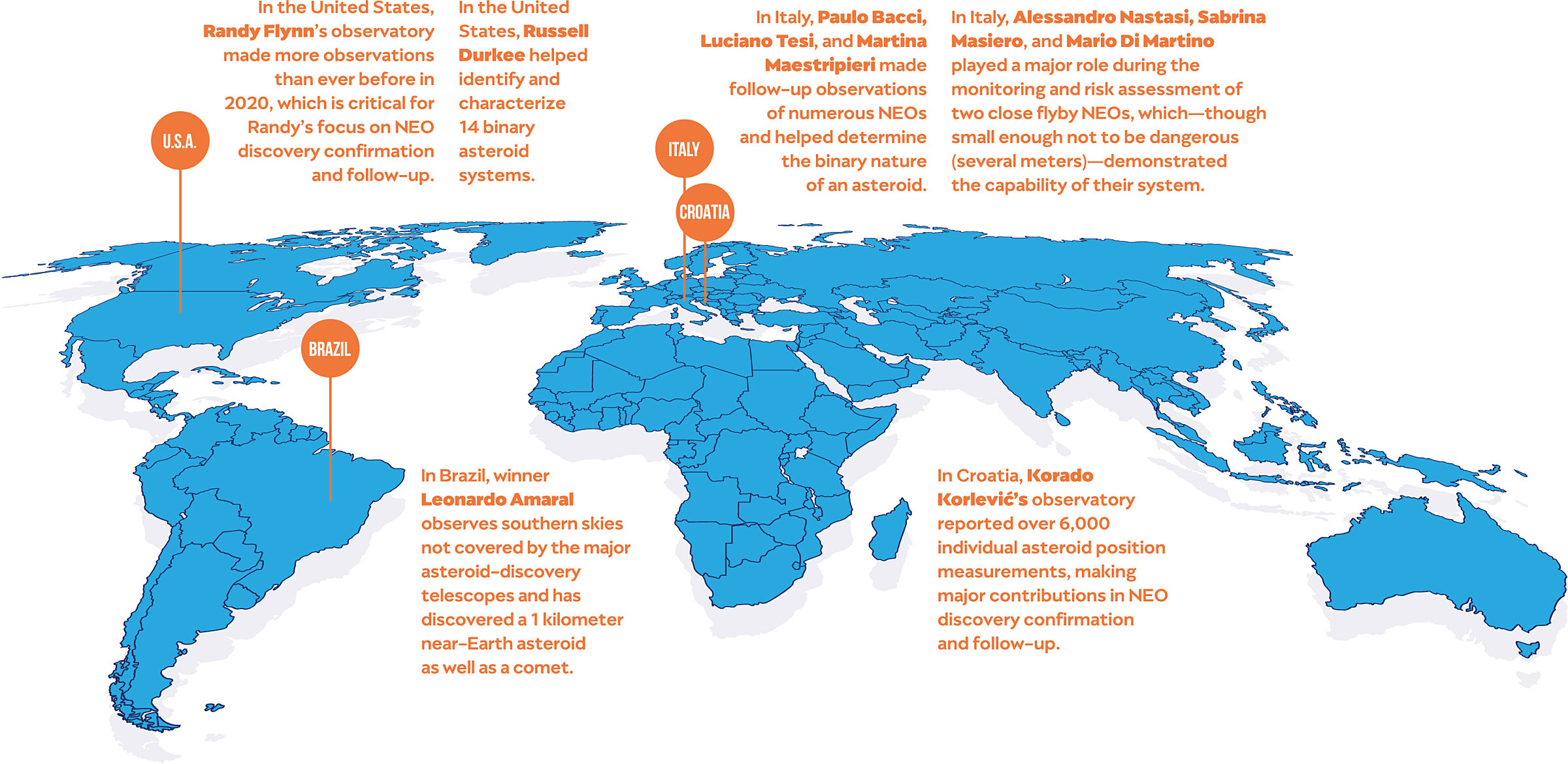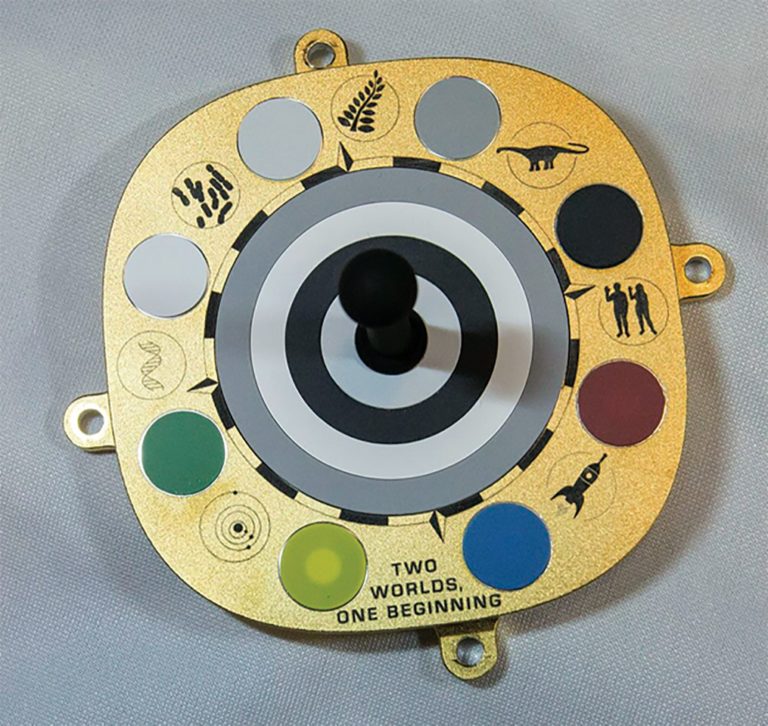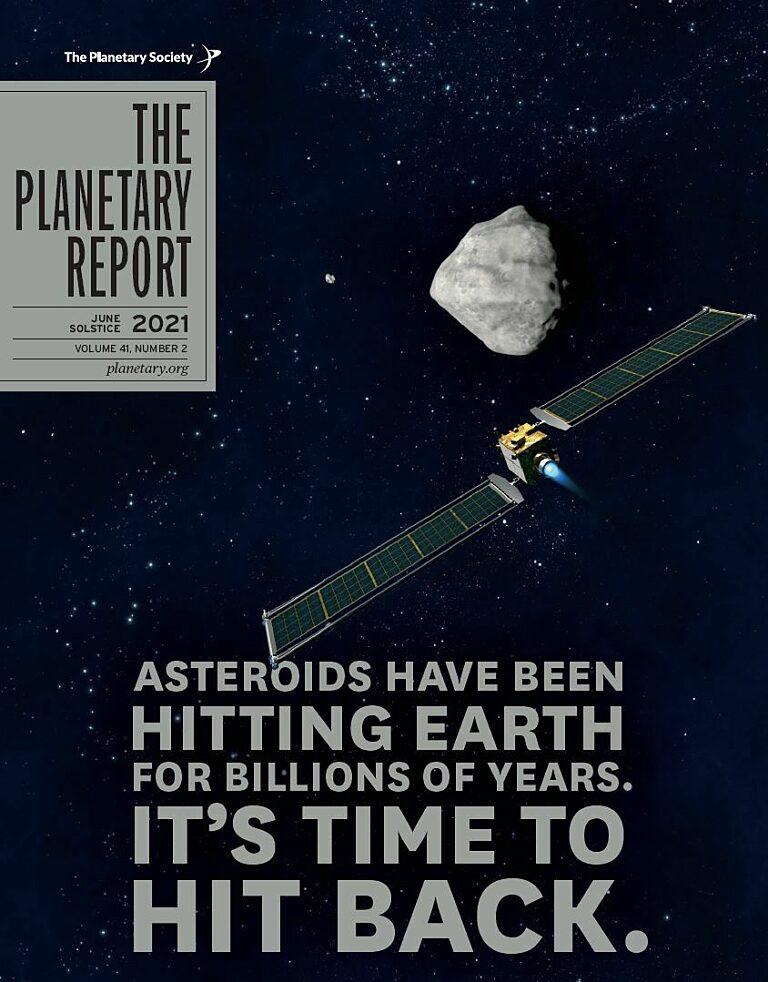Your Impact: June Solstice 2021
The Day of Action
On March 31, 2021, we held our annual Day of Action, connecting Planetary Society members directly with Congress to advocate for space. This year, because of the ongoing pandemic, we did things a little differently, setting up virtual meetings between 145 members and their congressional representatives and staffers.
Our priorities included a renewed commitment to NASA’s science missions, the continuation of the Artemis program to send humans to the Moon and on to Mars, and support for the NEO Surveyor mission to accelerate asteroid detection efforts.
We asked our members throughout the United States to lend their voices to the chorus, and nearly 1,000 additional messages were sent to Congress echoing these same advocacy messages. Internationally, we provided our members with advocacy talking points to share with their governments. To spread the word even further, we gave our members key advocacy messages to share on social media.
Concurrently, we submitted a statement to the government of Canada in response to its call for input on the future of the country’s space program. We advocated for increased investment in planetary science, greater support for Canada’s space science communities, and a more ambitious vision for independent Canadian missions to explore worlds. Our Canadian members also wrote letters to the government in support of this message.
All in all, this year’s Day of Action had the most widespread participation we’ve ever seen. With the support of members like you, we’re looking forward to doing even more next year.

Fueling Our Advocacy Work
In March, our members showed enormous support for our Space Policy and Advocacy program. In a month-long fundraising effort, we raised $75,000 to directly fund activities like the Day of Action, policy research, and efforts to educate and encourage policymakers to invest in space science and exploration. In addition to contributing financial gifts, our members sent 8,651 messages asking the new U.S. administration and Congress to support continued growth in NASA’s science and exploration missions. We are very grateful to all of our members for helping us work toward a better future for everyone.
Spreading the Word About Planetary Defense
In April, planetary defense experts from around the world gathered virtually for the biannual Planetary Defense Conference. As a primary sponsor, The Planetary Society hosted a free virtual event for the public to complement the conference’s more technical programming. Our chief scientist, Bruce Betts, and Planetary Radio host, Mat Kaplan, were joined by some of the world’s foremost experts for a discussion of the asteroid threat and the latest developments in the effort to defend our planet. Watch it at planetary.org/live.
Shoemaker NEO Grant Winners Advance Their Work
The Planetary Society awarded our last batch of Shoemaker NEO grants in 2019, and since then, that funding has helped researchers around the world to conduct important research to find, track, and characterize near-Earth objects. Here are some updates on that work:
- In Brazil, winner Leonardo Amaral observes southern skies not covered by the major asteroid-discovery telescopes and has discovered a 1 kilometer near-Earth asteroid as well as a comet.
- In Italy, Paulo Bacci, Luciano Tesi, and Martina Maestripieri made follow-up observations of numerous NEOs and helped determine the binary nature of an asteroid.
- In the United States, Randy Flynn’s observatory made more observations than ever before in 2020, which is critical for Randy’s focus on NEO discovery confirmation and follow-up.
- In Croatia, Korado Korlević’s observatory reported over 6,000 individual asteroid position measurements, making major contributions in NEO discovery confirmation and follow-up.
- In Italy, Alessandro Nastasi, Sabrina Masiero, and Mario Di Martino played a major role during the monitoring and risk assessment of two close flyby NEOs, which—though small enough not to be dangerous (several meters)—demonstrated the capability of their system.
- In the United States, Russell Durkee helped identify and characterize 14 binary asteroid systems.
All of this work makes a real difference to the efforts to prevent impacts on Earth, and it is thanks to the support of members like you that it’s all possible. We have announced the latest round of Shoemaker NEO grants, with proposals due July 28, 2021.

Hearing Sounds on Mars
Thanks to the longtime support of our members, The Planetary Society is celebrating major milestones in our efforts to explore Mars. After 25 years of advocating for a Mars microphone and flying our own microphone on the failed Mars Polar Lander, we were delighted to hear the first sounds recorded from another planet using the microphones aboard NASA’s Perseverance rover. And as the rover’s Mastcam-Z camera instrument got ready to image Mars, it calibrated its camera using a target designed with the help of The Planetary Society that includes a motto, graphics, and a sundial.

Names Sent to Ryugu and Back Again
The names Planetary Society members sent to asteroid Ryugu and back via Japan’s Hayabusa2 spacecraft survived their journey. Hayabusa2 mission officials successfully extracted and accessed the names, which were stored on two microSD memory cards—the same type commonly used in cameras and other small electronic devices. The Planetary Society helped Japan’s space agency collect the names in 2013 as part of our Messages From Earth program. The names were also etched into a set of baseball-sized target markers that were dropped on Ryugu to help the spacecraft navigate.
LightSail 2 Paves the Way Forward
The member-funded LightSail 2 mission hasn’t only succeeded by successfully demonstrating controlled solar sailing for CubeSats: Three new NASA missions will build on LightSail 2’s legacy. The first is NEA Scout, which will use a solar sail to visit a near-Earth asteroid. NASA has also greenlit Solar Cruiser, a mission launching in 2025 to test a giant sail measuring 1,650 square meters (17,800 square feet) at an artificial orbit between Earth and the Sun. A third mission called ACS3, short for Advanced Composite Solar Sail System, will test a new type of sail boom in Earth orbit. Our chief scientist Bruce Betts recently gave a presentation about LightSail 2 to NASA solar sail mission teams, helping advance our goal to communicate the results of this mission to the technical community to feed forward what we’ve learned. LightSail 2 continues its operations in Earth orbit.
Support our core enterprises
Your support powers our mission to explore worlds, find life, and defend Earth. You make all the difference when you make a gift. Give today!
DonateThe Planetary Report • June Solstice
Help advance space science and exploration! Become a member of The Planetary Society and you'll receive the full PDF and print versions of The Planetary Report.


 Explore Worlds
Explore Worlds Find Life
Find Life Defend Earth
Defend Earth


